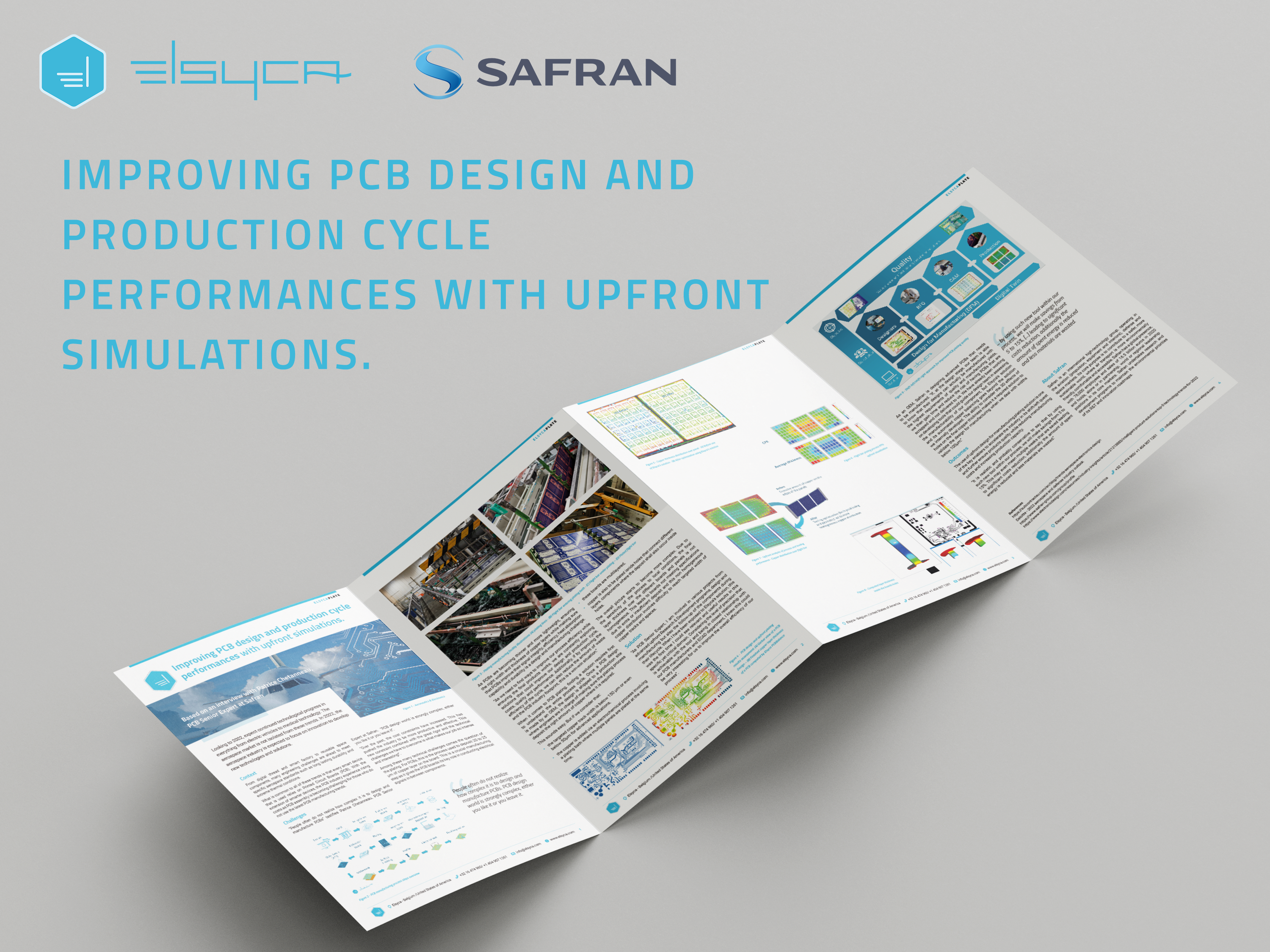
Safran: Improving PCB design and production cycle performances with upfront simulations.
Based on an interview with Patrice Chetanneau, PCB Senior Expert at Safran

Looking to 2022, expect continued technological progress in everything from electric vehicles to medical technology. The aerospace market is not isolated from these trends. In 2022, the aerospace industry is expected to focus on innovation to develop new technologies and solutions.
Context
From digital thread and smart factory to reusable space components, many engineering challenges are ahead to meet specific aerospace standards such as long lasting durability and extreme thermal conditions. What is common to all of these trends is that every smart device that is used relies on Printed Circuit Boards (PCB). With the extension of smarter devices, the PCB industry experience rising costs as PCB assembly is becoming challenging for those who do not use the latest PCB manufacturing trends.
Challenges
“People often do not realize how complex it is to design and manufacture PCBs” testifies Patrice Chetanneau, PCB Senior Expert at Safran. “PCB design world is strongly complex, either you like it or you leave it”. “Over the past, the cost constraints have increased. This has pushed the industry to be more productive and effective. This new constraint combined with the great rigor and the technical challenges we have to overcome is what makes our job so intense and interesting!”.
Among these many technical challenges comes the question of the plating. For PCBs, this is the process used to deposit 20 to 25 μm of copper layer on the board. This is a crucial manufacturing step as it gives the PCB boards its key role in conducting electrical signals in-between components. As PCBs are becoming thinner and more lightweight, ensuring the right width and thickness of copper layers while making sure that PCBs improve their signal integrity, efficiency, heat absorption capability and durability is a design and manufacturing challenge.
